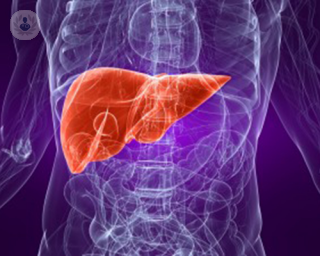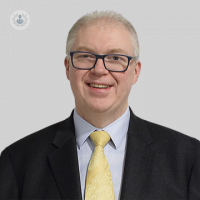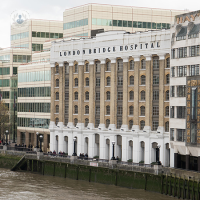Primary sclerosing cholangitis (PSC)
Dr Carlo Nunes - Gastroenterology
Created on: 11-06-2017
Updated on: 09-27-2023
Edited by: Kate Forristal
What is primary sclerosing cholangitis (PSC)?
Primary sclerosing cholangitis (PSC) is a chronic liver disease that affects the bile ducts. The disease causes inflammation and scarring in the bile ducts which causes the ducts to harden and narrow, affecting the transfer of bile liquid, which is used for digestion, from the liver to the small intestine. The disease eventually leads to cirrhosis of the liver, liver failure and can lead to bile duct cancer and liver cancer.
You can see a gastroenterologist for advice.

What are the symptoms of PSC?
PSC often doesn’t show symptoms, but some patients may experience debilitating symptoms of the disease. Symptoms of primary sclerosing cholangitis to expect include:
- Itching (otherwise known as Pruritus). This is defined as severe, unexplained itching anywhere on the body that persists no matter how much you scratch
- Fatigue. Feeling tired all the time, even if you get lots of rest can be a symptom of liver damage or PSC
- Jaundice (yellow colour to the eyes and skin)
- Urine that is dark in colour
- Pain in the upper abdomen
- Fever and chills
- Weight loss
Causes of PSC
There is currently no known cause of primary sclerosing cholangitis. It is thought that it could be an autoimmune disease, triggered by a reaction to an infection, though it does not respond to immunosuppressants. It is more common in people who have had inflammatory bowel disease, such as ulcerative colitis or Crohn’s disease.
Who is at risk from PSC?
Primary sclerosing cholangitis can affect people of any age but is more common in those aged between 30 and 50 years of age. It is more common in men, and especially those with inflammatory bowel disease.
How is PSC treated?
No treatment for primary sclerosing cholangitis has yet been developed, but there are a number of ways that the disease can be managed.
The only long-term way of treating the disease is by liver transplant, although this is only done in a very small number of patients with PSC, and it is possible for the disease to return after transplantation.
Some treatments are prescribed to relieve the symptom of itching, and antibiotics may be prescribed to treat acute episodes. Vitamin supplements may also be required, as the disease causes a lack of vitamins A, D, E and K.
Surgery may be required in the form of balloon dilation or stenting to open up severe blockages in the bile duct.
Patients with PSC will survive for an average of 21.3 years before either liver transplant is required, or they suffer a PSC-related death.










